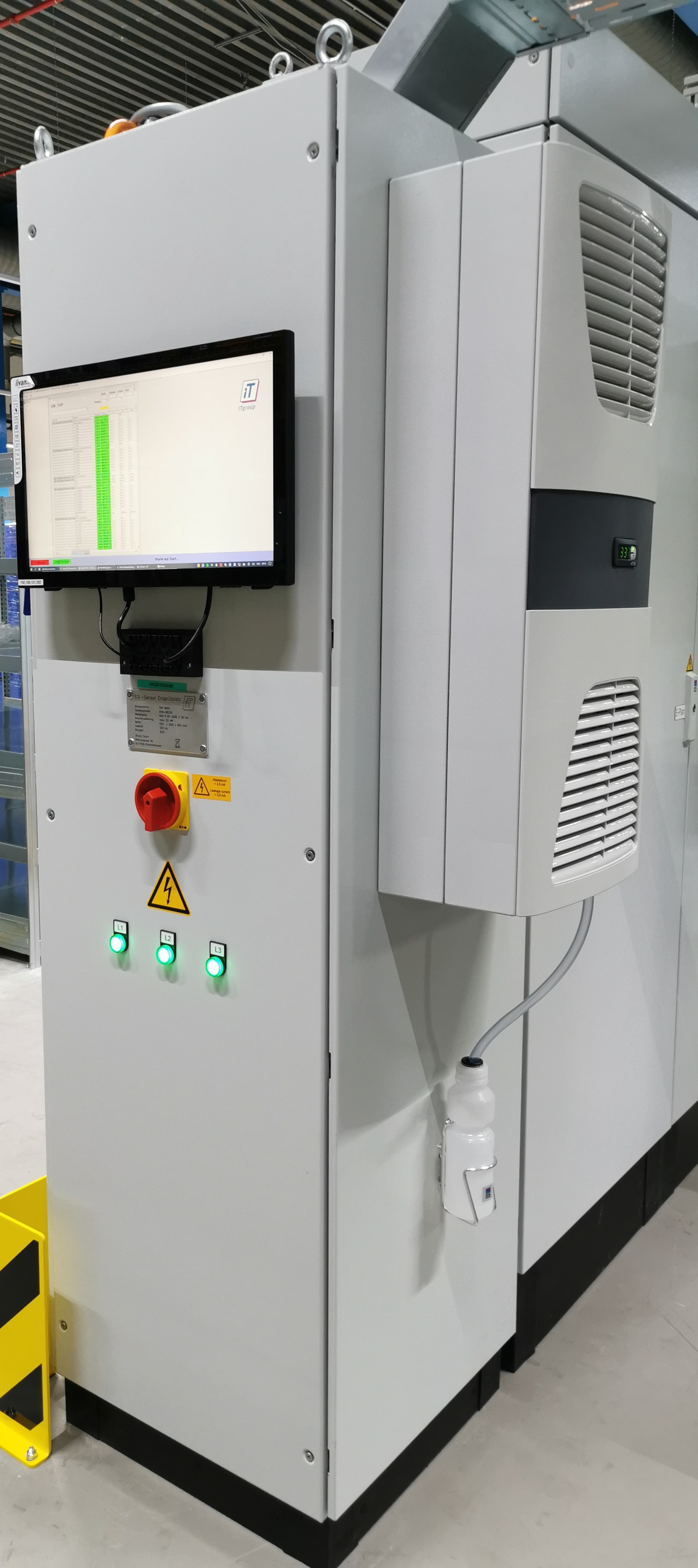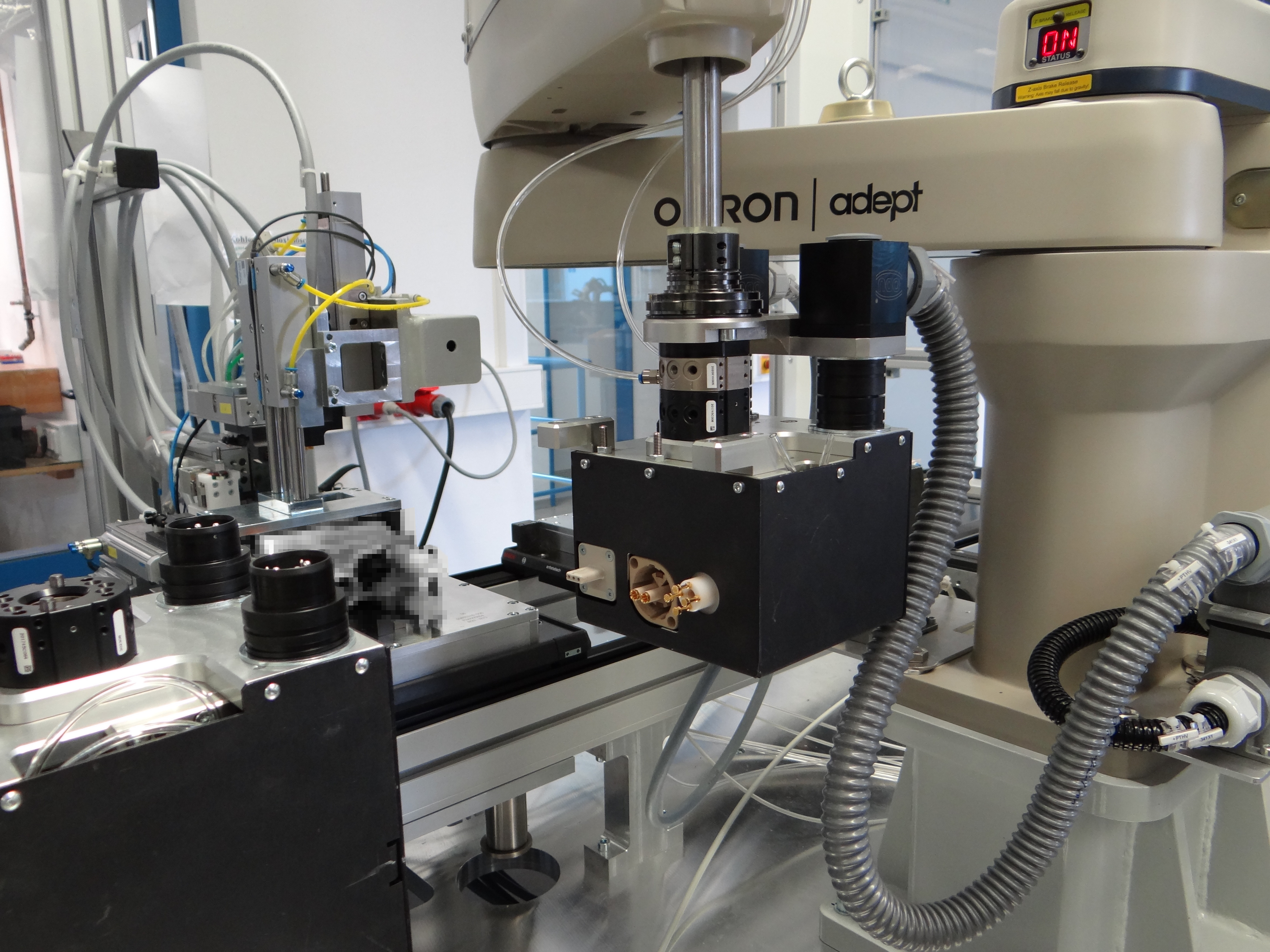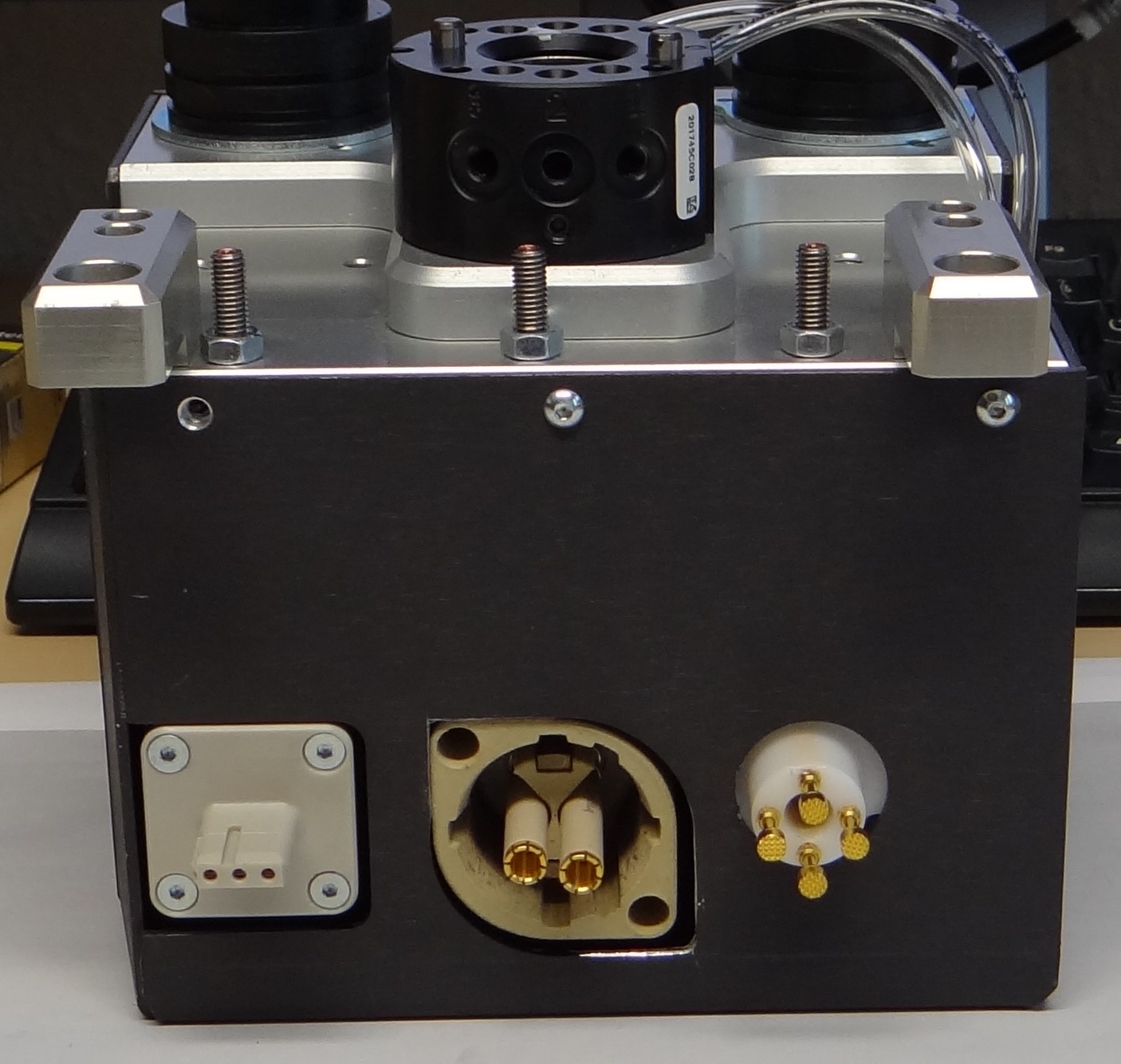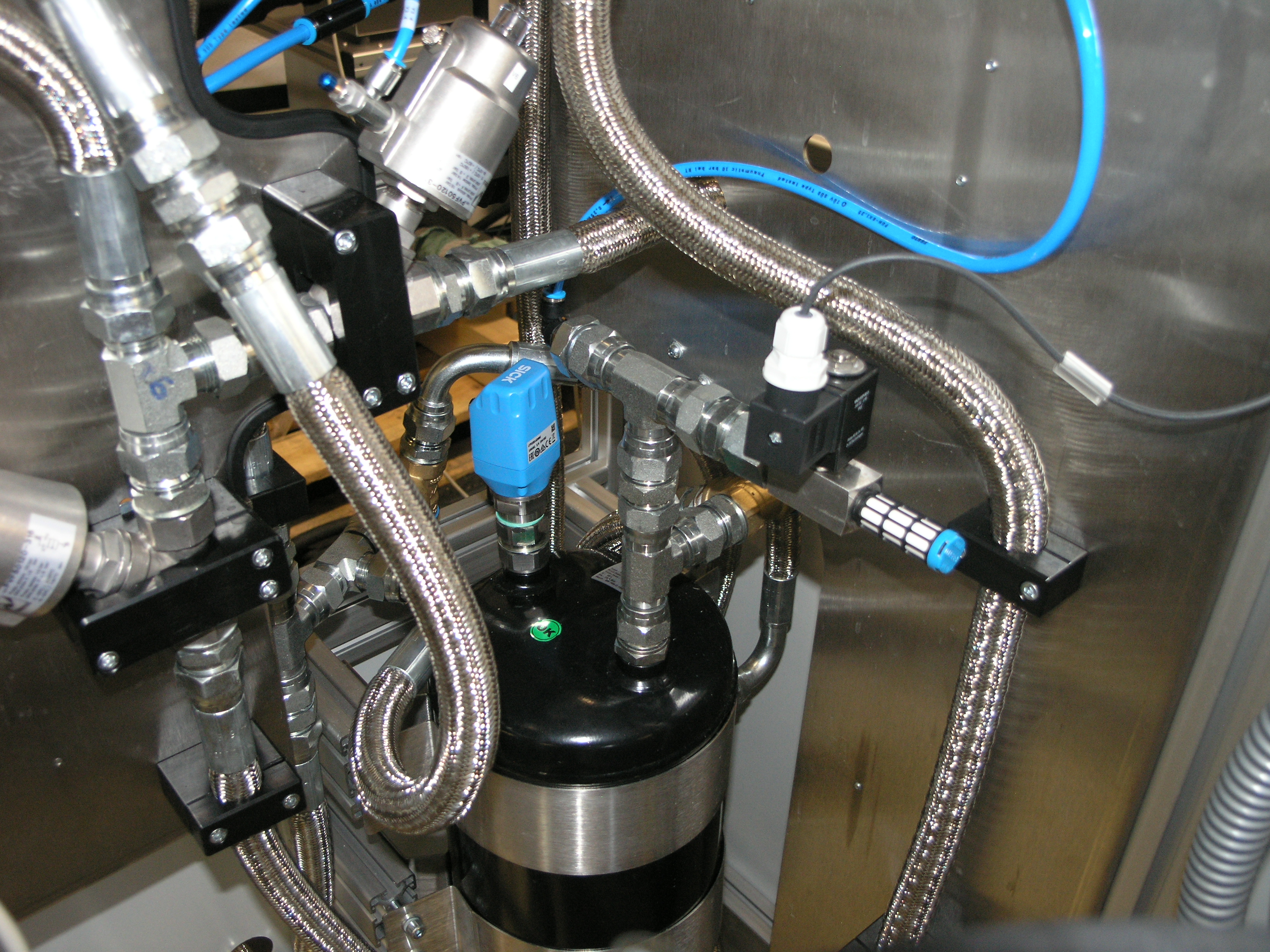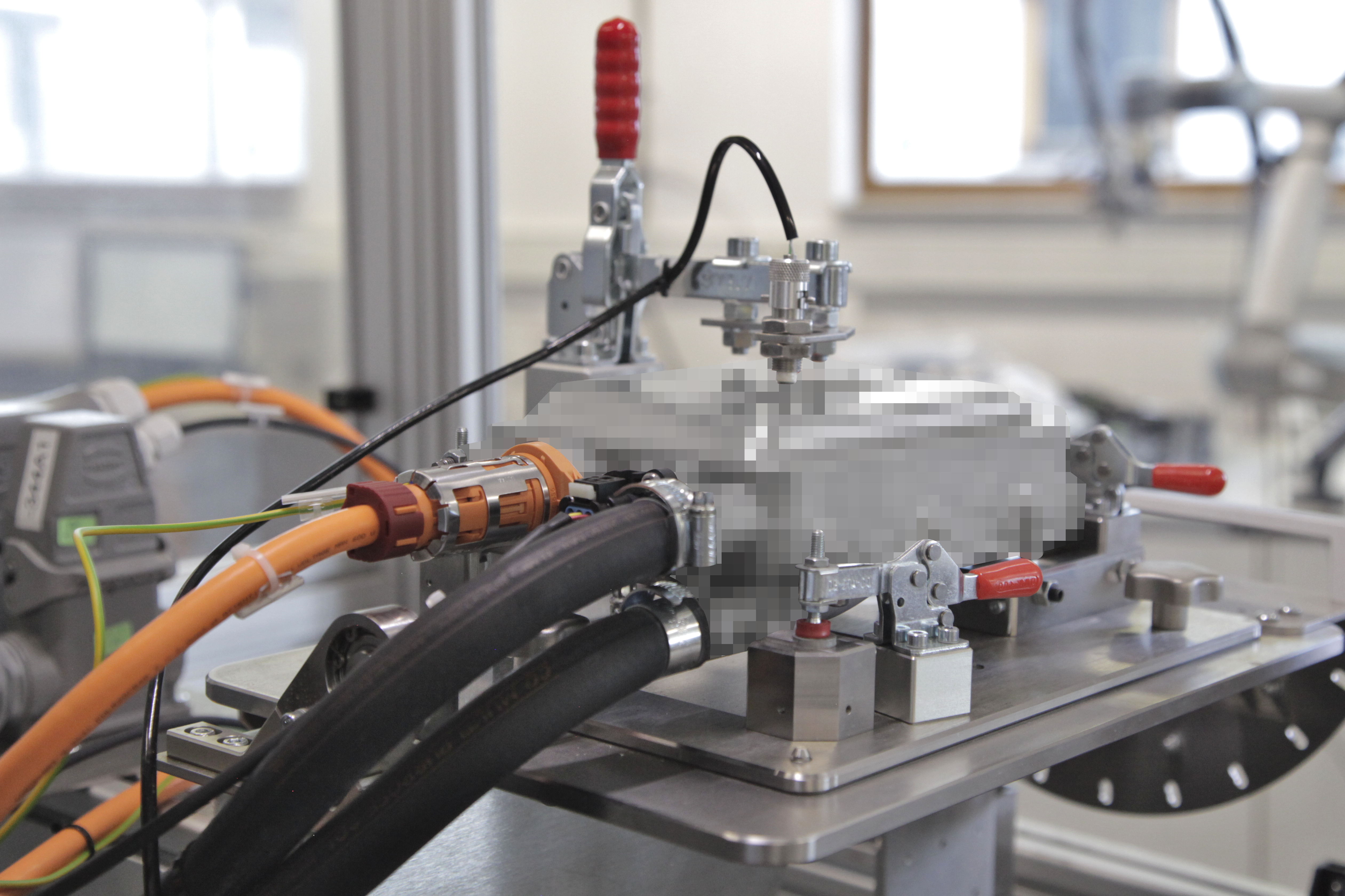Thermal management plays a major role in electric cars. An important component of this is the high-voltage coolant heater (HVCH). ITgroup has developed test devices for optimized, automatic, rapid testing of these systems in production.
The electric drive offers a number of advantages over the combustion engine. For example, it can deliver maximum torque from zero speed and can be operated at up to three times the nominal torque over a short period of time. This enables very high acceleration and makes gearboxes obsolete. In addition, electric motors recover drive energy during braking, which further increases overall efficiency. Furthermore, they have a low number of wearing parts and are therefore low-maintenance and correspondingly durable.
However, the electric motor has one disadvantage compared with the combustion engine. Due to the lack of waste heat, electric vehicles are dependent on heat management through electric heating systems, for example, in order to make journeys comfortable in winter. What the tank is for the combustion engine, the high-voltage battery is for the electric car, the capacity of which determines the range of the vehicle. Since the energy for the heating processes comes from this battery, heating affects the range of the vehicle. This requires efficient thermal management of electric vehicles.
Thanks to the low thermal mass and high efficiency, HVCHs heat or cool very quickly, controlled via BUS communications such as LIN or CAN. Such a heating system operates at 400-800V. This means that the interior can be heated in no time at all and frozen or fogged windows can be cleared.
Since heating with directly heated air would create an unpleasant climate, convectors tempered with water are used, which avoid this dryness due to their radiant heat and are easier to regulate. “This water heater must be parameterized, calibrated and tested for functionality and tightness. This requires an EOL test, which, however, takes place without the heating medium water, as the testing process would otherwise take too long,” explains Ingmar Troniarsky, managing director of ITgroup, a specialist in measurement, testing and automation technology.
Testing in production is usually still done manually and is correspondingly time-consuming and costly. This is where a development from the ITgroup provides a remedy: for a large vehicle supplier, the company developed an EOL testing system for the automatic testing of HVCH water heaters, which measures and checks various parameters of the heating systems via three stations within 30 seconds.
Automated measurement and calibration with three stations
The inspection at the first station is carried out by a newly developed robot. Here, thermal connections such as the connection between power electronics and cooling surfaces or cooling elements are tested. A thermal imaging camera determines the heat signature of up to 10 installed power semiconductors. The corresponding test image shows whether all components are correctly installed and function correctly.
Since 25A is required at the HVCH at 500-800V power supply and 12V board mains, low- and high-voltage mains must be safely isolated from the rest of the vehicle. During the corresponding bonding check at station two, the heating elements are energized in the millisecond range, calibrated and all data stored. ”For this purpose, we have developed special contacting devices that are handled by robots and contact current and high voltage at the test item. The contacts for the different geometric HVCH variants are provided in a station. The robot fetches the appropriate contact and uses it to adapt the various connections (HV = high voltage, LV = low voltage, PE = ground) on the HVCH,” Troniarsky says.
At the third station, a performance test of the function/power of the DUT is due. By energizing the power converters in the millisecond range, the system determines the performance data and sets the calibration values. In production, only 30 seconds are available for this, which is why the test is carried out at this point without a cooling medium.
Random off-line testing of functionality
At an additional off-line station, the functionality is randomly tested in a simulated vehicle and environmental surroundings by means of a complete coolant circuit, using a pre-tempered coolant under programmable pressure and flow rate. Once or twice per shift, ’wet‘ testing is thus carried out during production with automatic coolant filling, because the heater must also function reliably at temperatures from -20°C to +30°C. In addition, when a car rumbles over bad roads, for example, pressure fluctuations and pressure surges can occur in the coolant circuit. The heating system must also function safely under these circumstances. After the test is completed, the coolant is automatically drained again.
This complete solution from ITgroup, consisting of three in-line stations and an additional off-line station, offers the vehicle supplier fully automated testing for the first time without the need for an operator to intervene manually, which saves personnel costs and time. The first three stations, for thermal, HV and performance testing, follow each other in the automatic production line. Thus, the system covers the complete HVCH test. Since the entire testing system comes from a single source, error-prone interfaces are avoided.
